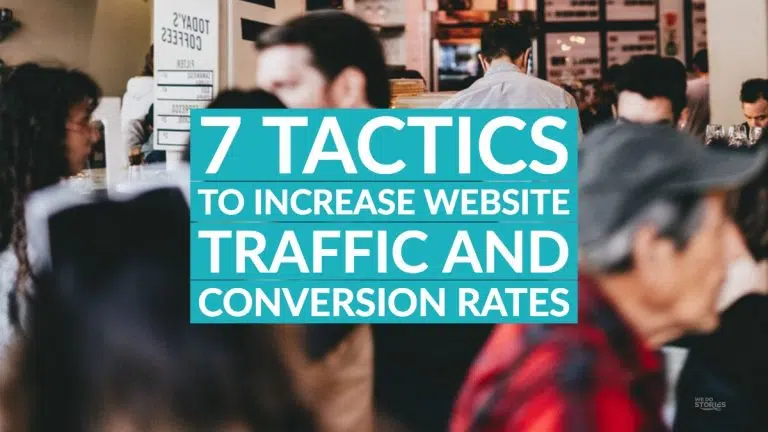Virtual reality technology is taking its place as one of the key players in 2016 with a rapidly expanding market. We’ve pulled together a few case studies that show just how much it can drive engagement, and where it’s already being used effectively.
Some early adopters of this technology, had already put impressive campaigns together before this year. By the middle of 2015, Topshop had already transported visitors in their London store to the front row of their exclusive London Fashion Week catwalk; Merrell had pioneered the first commercial use of a walkthrough – transporting their customers to the thrills of an adrenaline fuelled climbing trip, and Boursin had completed an imaginative journey through a fridge laden with sumptuous delights
View this video using Google Chrome for a 360 degree video experience.
What does this mean for non-profits?
It’s not just established brands that are discovering the amazing reach that this technology has, and its ability to pull in an audience. Charities and NGOs are also discovering the huge potential of this technology in bringing the story of those they’re helping, into the lives of their supporters and donors.
Not everyone can travel to an African village to see the impact that running water has, but a VR experience can bring the village to the doorsteps of donors, as demonstrated by Charity: Water’s 2015 fundraising dinner – their benefactors were each given a personal experience walking through an Ethiopian village, and seeing the impact the water has on a young girl called Salem. The impact was huge – engaging every member of the audience with an individual’s story from the other side of the world , and enabling them to walk for a few minutes in her shoes– powerful.
Amnesty International has also completed a impactful campaign – using photography and video, their campaign teams have used headsets and mobile phones to transport potential donors to war torn Syria – helping them to see first hand the scale of destruction and impact that the war is having on individual lives.
Stanford University’s Virtual Human Interaction Lab published a study showing that VR can trigger real behaviour change, making it a powerful tool for charities and brands alike. They put volunteers through a VR simulation of life seen from the perspective of an elderly person, with the outcome of a demonstrable reduction in ageism.
VR has been referred to as ‘the ultimate storytelling tool’, not just transporting a viewer in their mind, but making them feel like a scene is unfolding around them.
It seems like each week, new players come to the table with technology both for the creation of this content and also the viewing – making it far more accessible to a wider audience.
Virtual Reality Technology
Go pro has now unveiled their own Virtual reality camera setup and Samsung have released their headset. With more set to follow, its an exciting time for VR
Cost is not a prohibitive issue either – with people selling GoogleCardboard for a range of prices, including pennies, the technology is making it’s way into a broad range of pockets, homes and industries.
The implications of this technology are vast and far reaching – enabling people to engage with another’s stories cross borders, cultures and environments.
VR is proven to be a successful way of engaging people with your brand, bringing an audience into the heart of a story and giving an experience that is normally difficult to come by.
Contact our team to find out how to create immersive environments around your story







